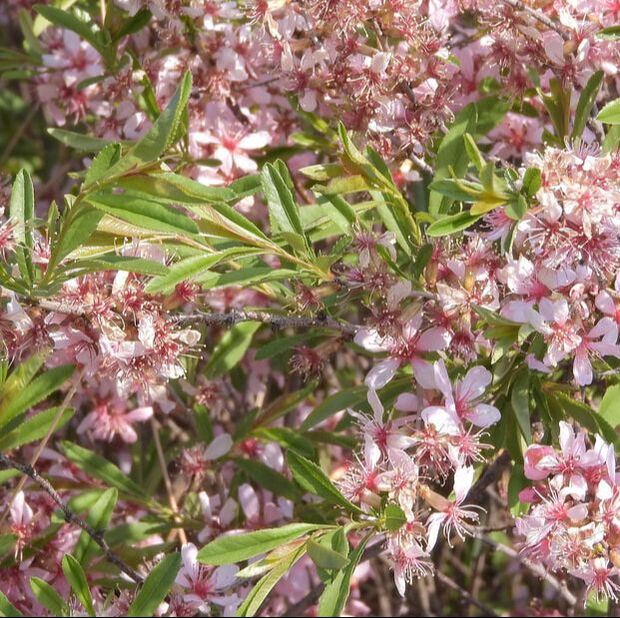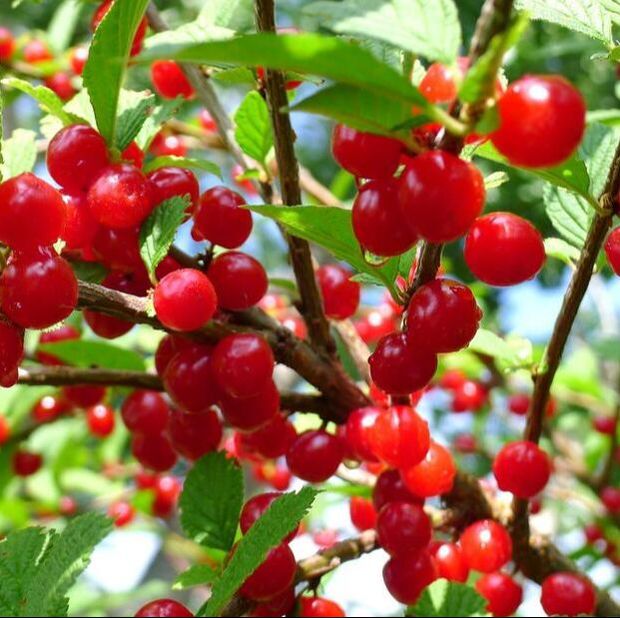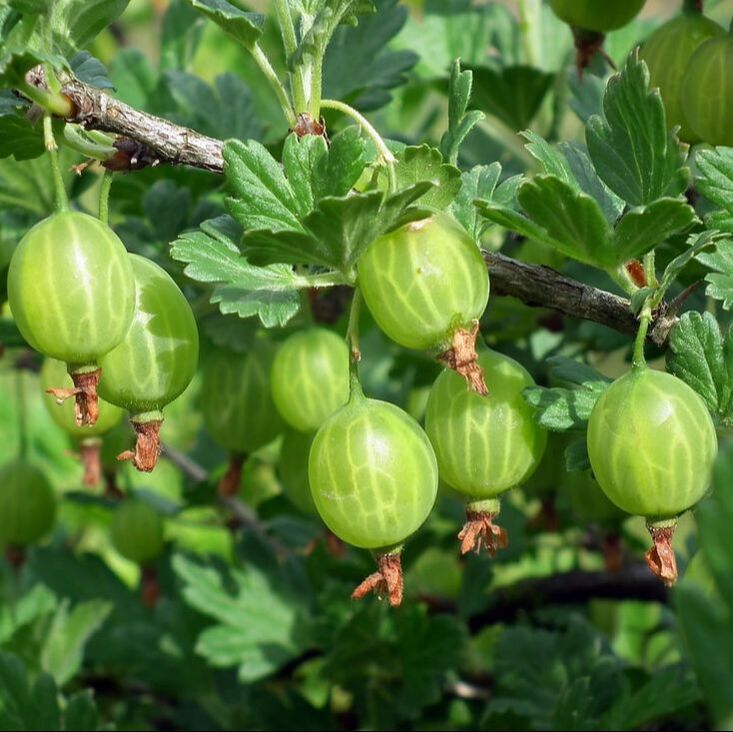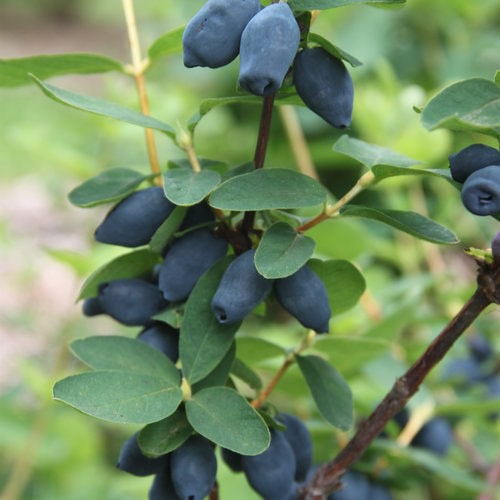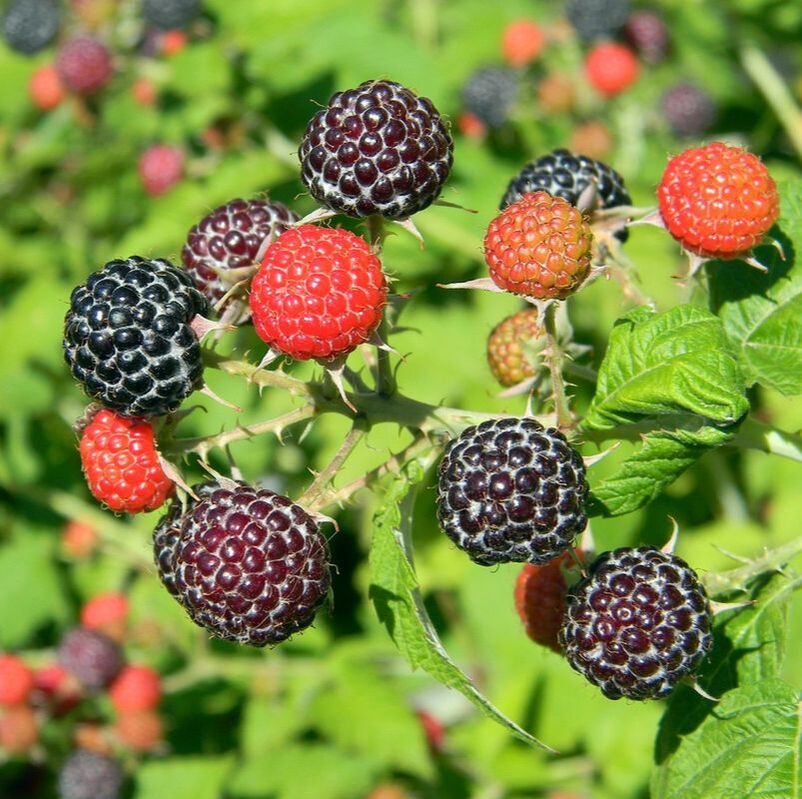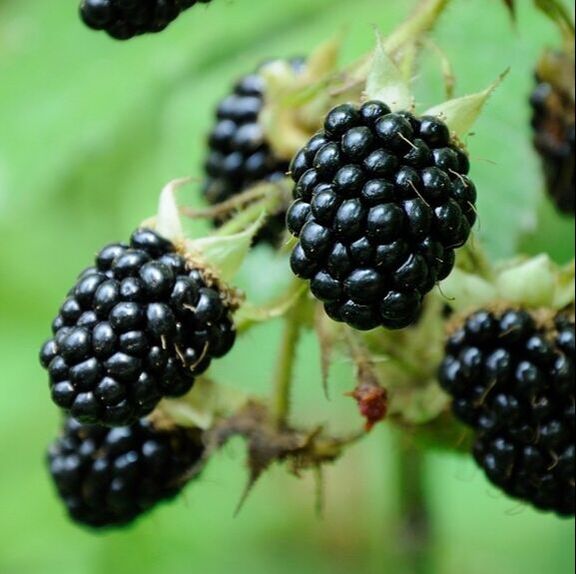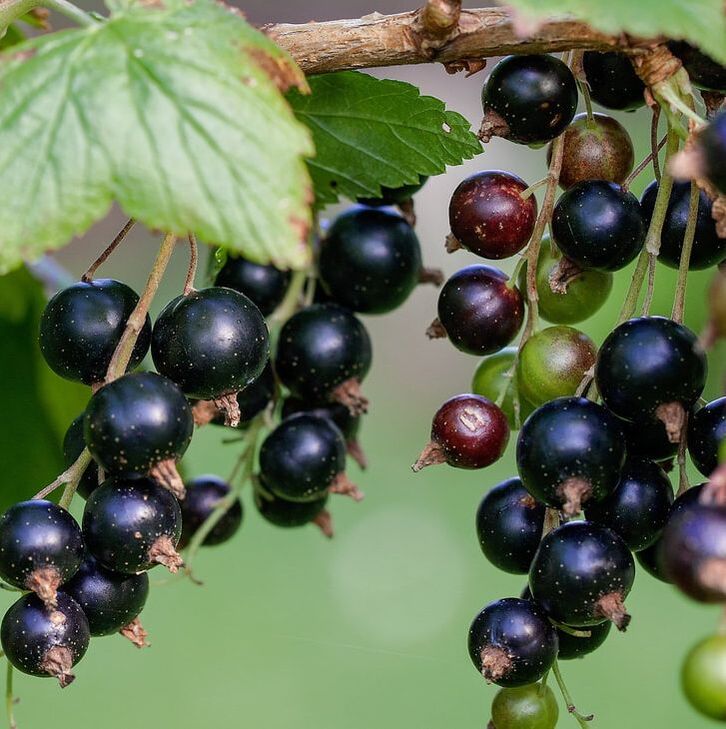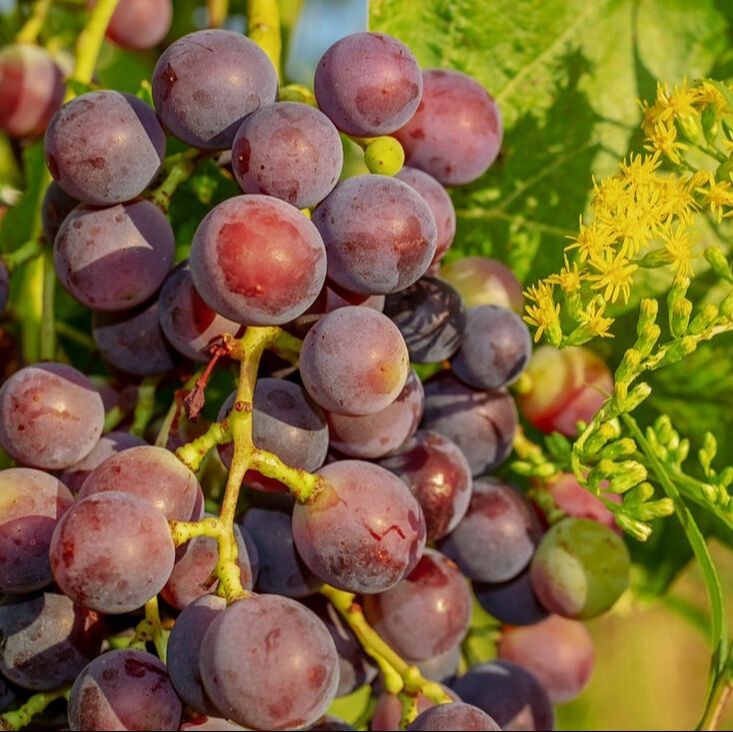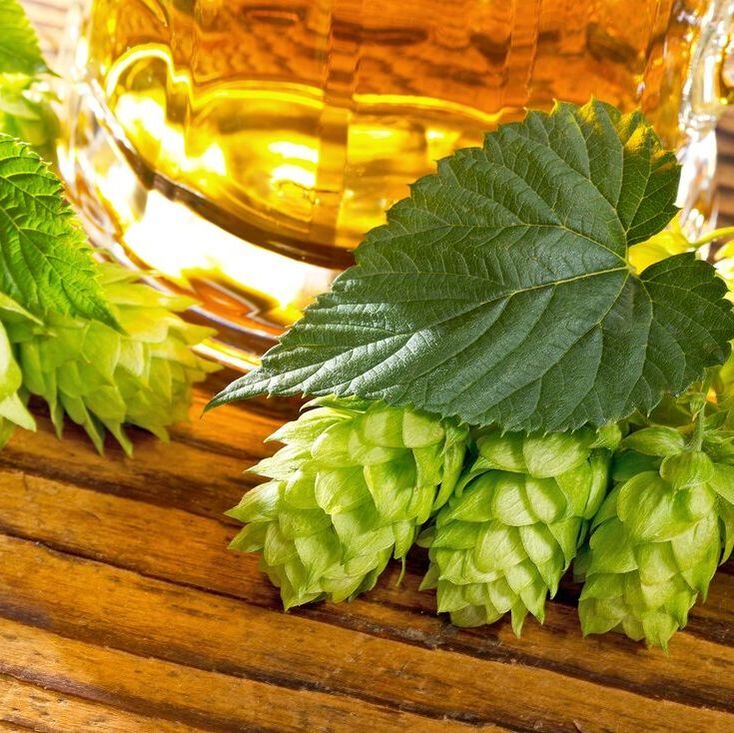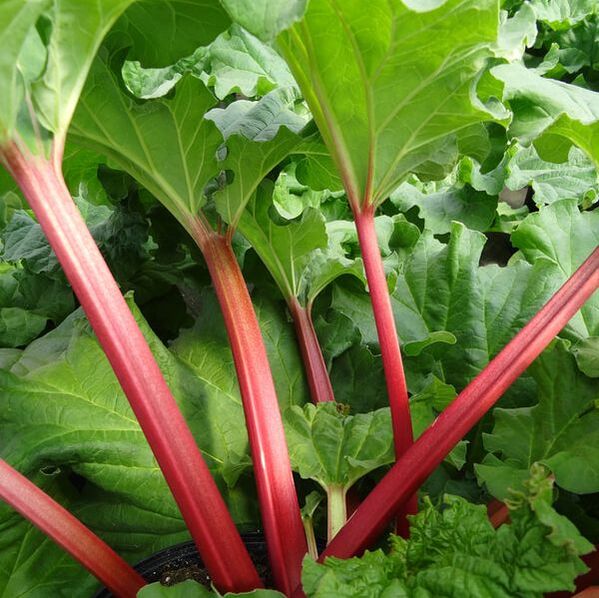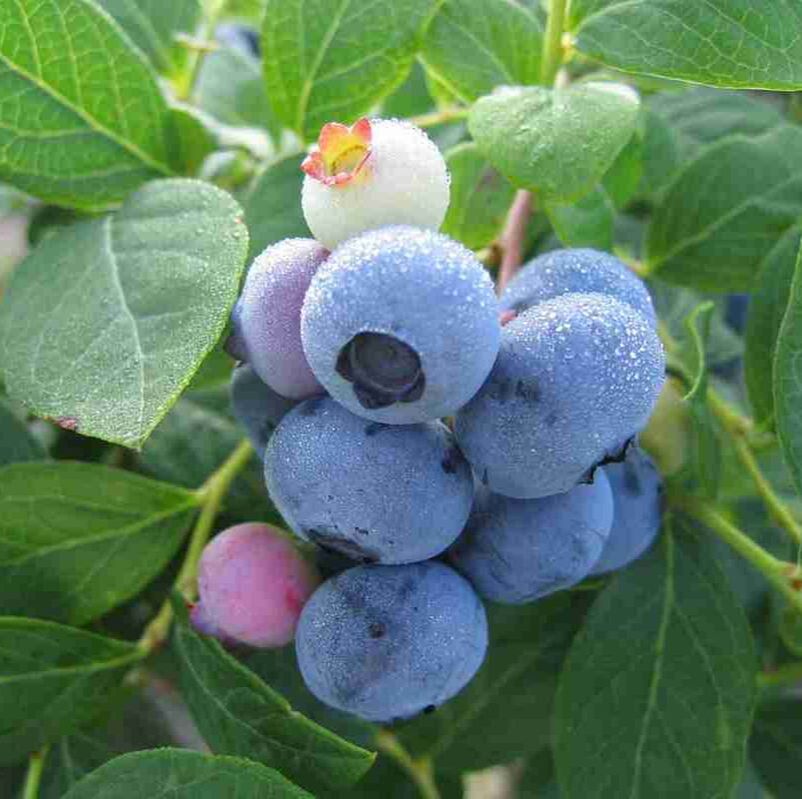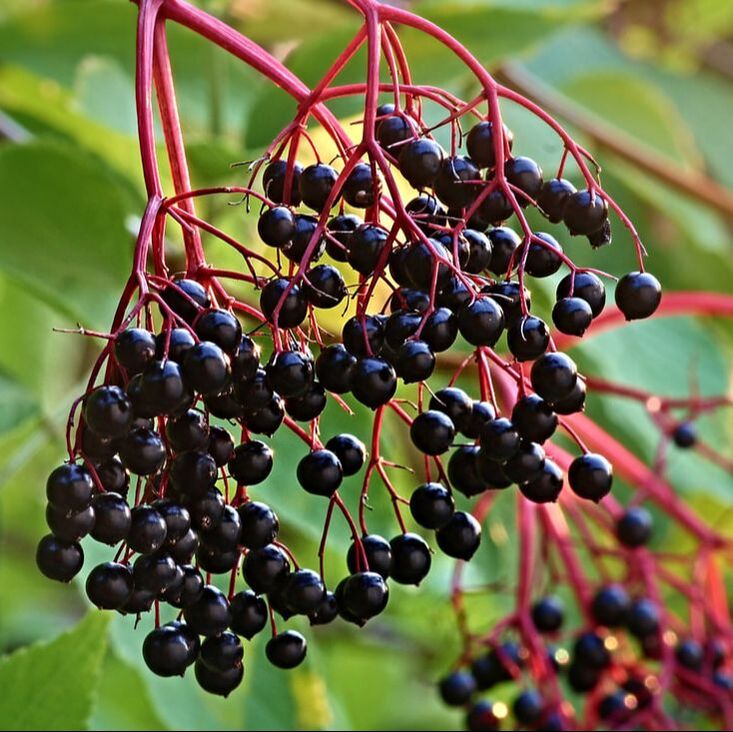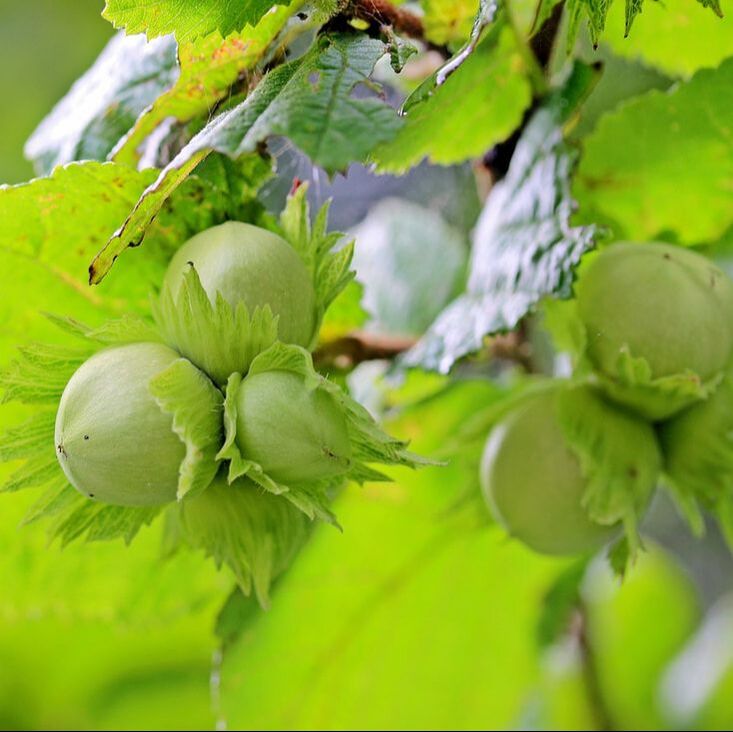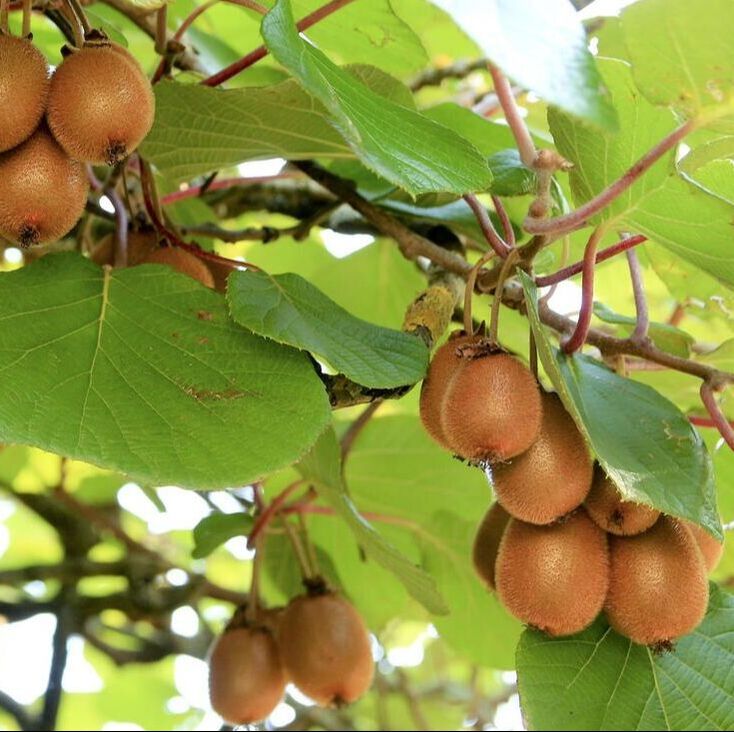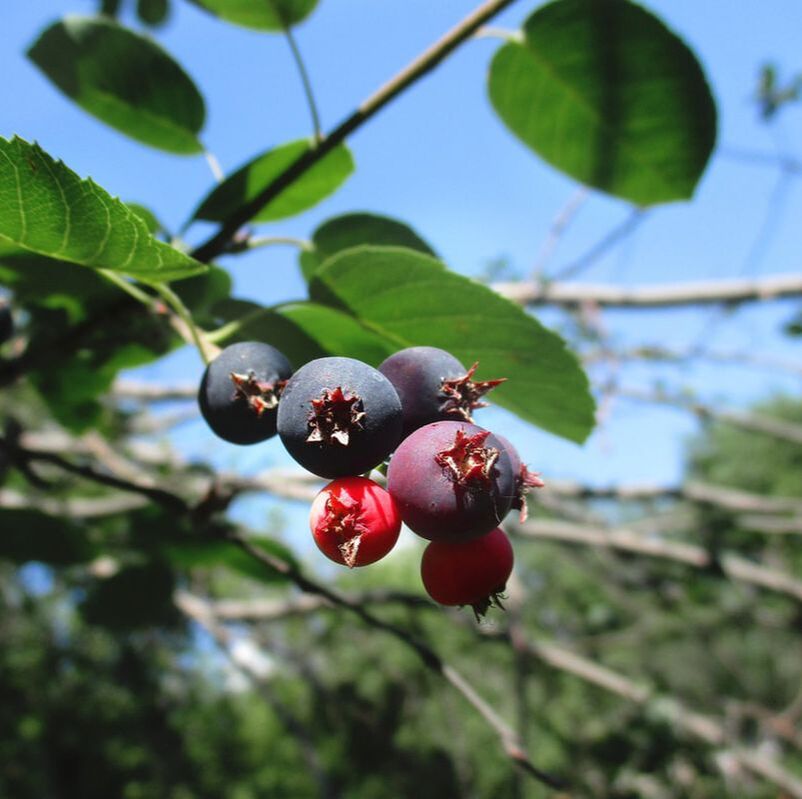*Please note that all pricing for fruit shrubs include GST*
Nothing could be sweeter than picking fresh fruit from your own garden. Golden Plains has everything you need to get started. We carry a wide variety to choose from. Not only are fruits like blueberries or honeyberries oh-so-delicious, but they are high in anti-oxidants as well. Give yourself a non-guilty pleasure of enjoying healthy fruit straight from your backyard!
AlmondCherriesGooseberriesHoneyberries
Raspberries |
BlackberriesCurrants
Grapes
HopsRhubarb |
Blueberries
ElderberriesHazelnutsKiwiSaskatoons |

